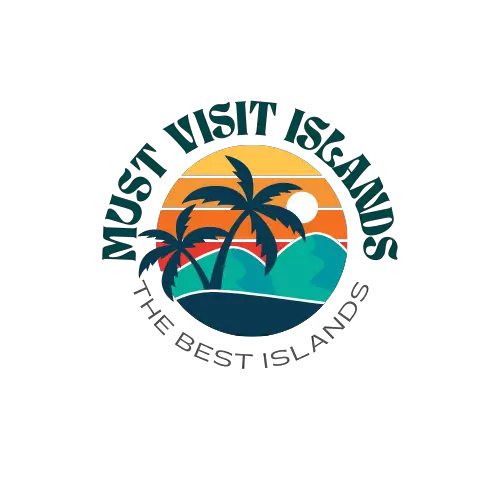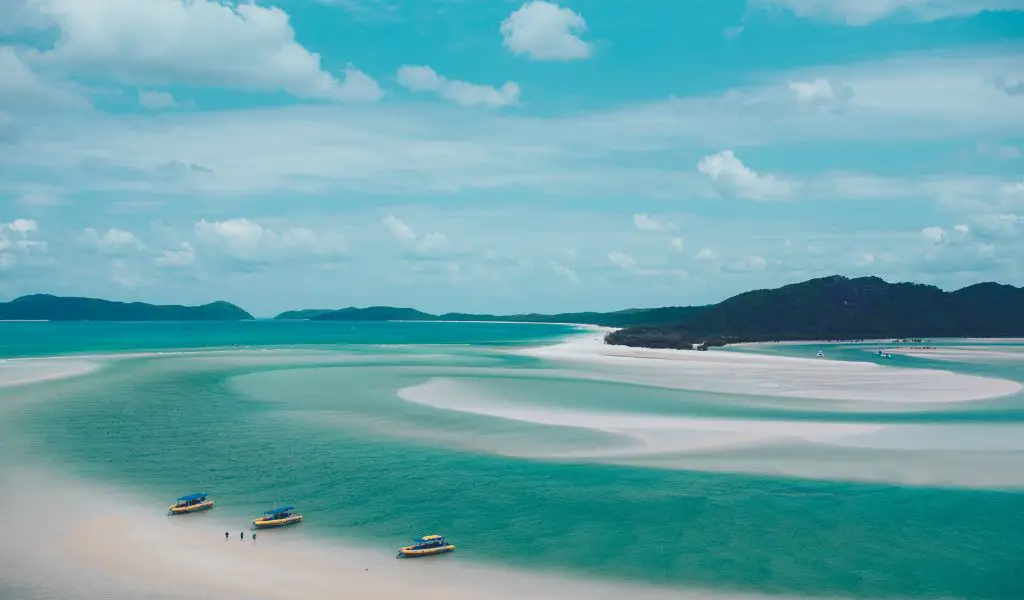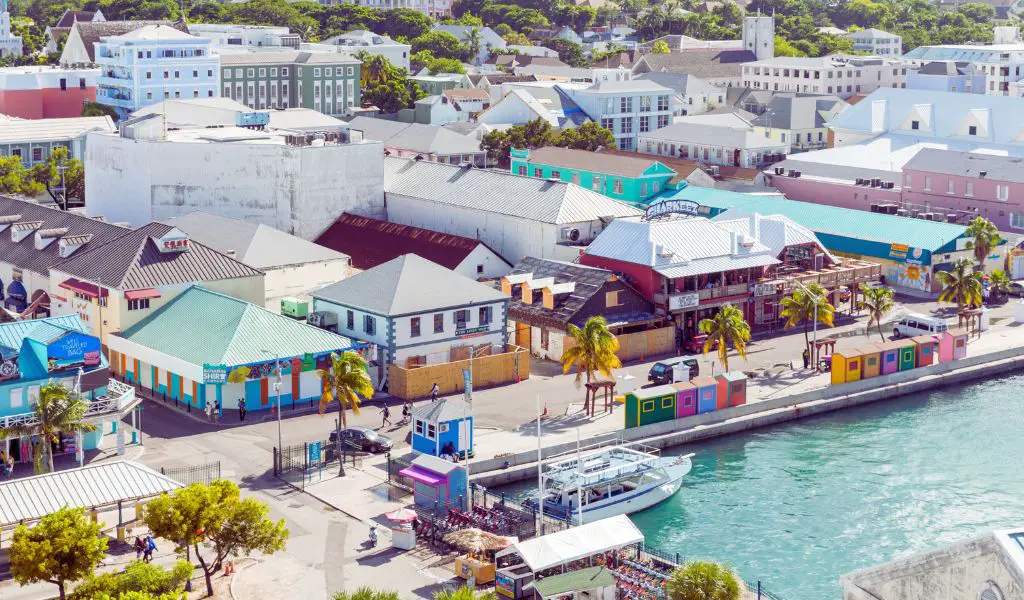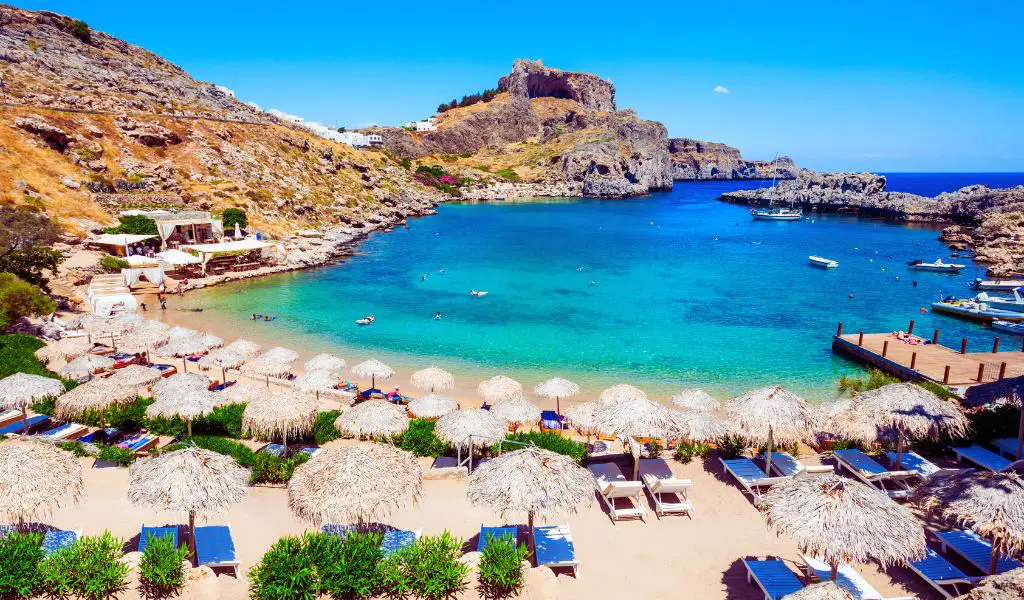Nestled in the heart of the Great Barrier Reef, the Whitsundays Islands are a collection of 74 pristine islands off the coast of Queensland, Australia. This tropical paradise boasts a unique blend of natural beauty, from its azure waters and white sandy beaches to its lush rainforests and diverse marine life.
Geographical Features
The Whitsundays Islands are primarily continental islands, meaning they were once part of the mainland before rising sea levels separated them.
The islands vary in size, with the largest being Whitsunday Island itself.
The region is characterized by its turquoise waters, coral reefs, and the famous Whitehaven Beach, known for its pure silica sands.
Notable Attractions
Whitehaven Beach is undoubtedly the crown jewel of the Whitsundays.
Stretching over seven kilometers, its powdery white sands and clear waters make it a favorite among visitors.
Another significant attraction is the Heart Reef, a naturally occurring coral formation in the shape of a heart, best viewed from a scenic flight.
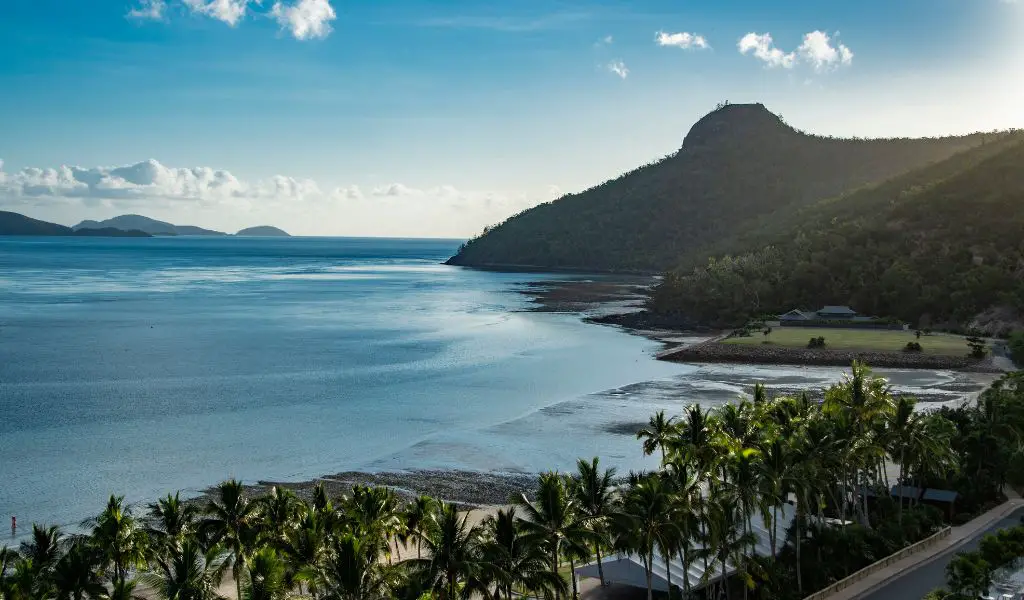
History
The traditional custodians of the Whitsundays are the Ngaro people, who have inhabited the islands for over 9,000 years.
Their rich history is evident in the numerous cave paintings and stone tools found throughout the islands.
European exploration began in the 1700s, with Captain James Cook charting the region in 1770.
He named the area “Whitsunday Passage” after the Christian festival of Whitsun, which he believed was the day he sailed through.
Popular Activities
The Whitsundays offer a plethora of activities for visitors. Snorkeling and diving are among the top attractions, with the islands providing a gateway to the Great Barrier Reef.
Sailing is another popular pastime, with many opting to charter yachts or join guided tours.
For those who prefer land-based activities, hiking trails offer panoramic views of the islands and surrounding waters.
Population
The Whitsundays Islands, being primarily a tourist destination, have a small permanent population.
Airlie Beach, on the mainland, serves as the main gateway and has the largest concentration of residents, while some islands have resorts with temporary staff.
When to Go
The best time to visit the Whitsundays is during the dry season, from May to October. During these months, the weather is mild, and there’s less rainfall.
The wet season, from November to April, sees higher humidity and occasional tropical storms.
How to Get There
The most common entry point to the Whitsundays is through the Whitsunday Coast Airport in Proserpine or the Hamilton Island Airport.
From there, ferries, boats, and water taxis provide access to the various islands.
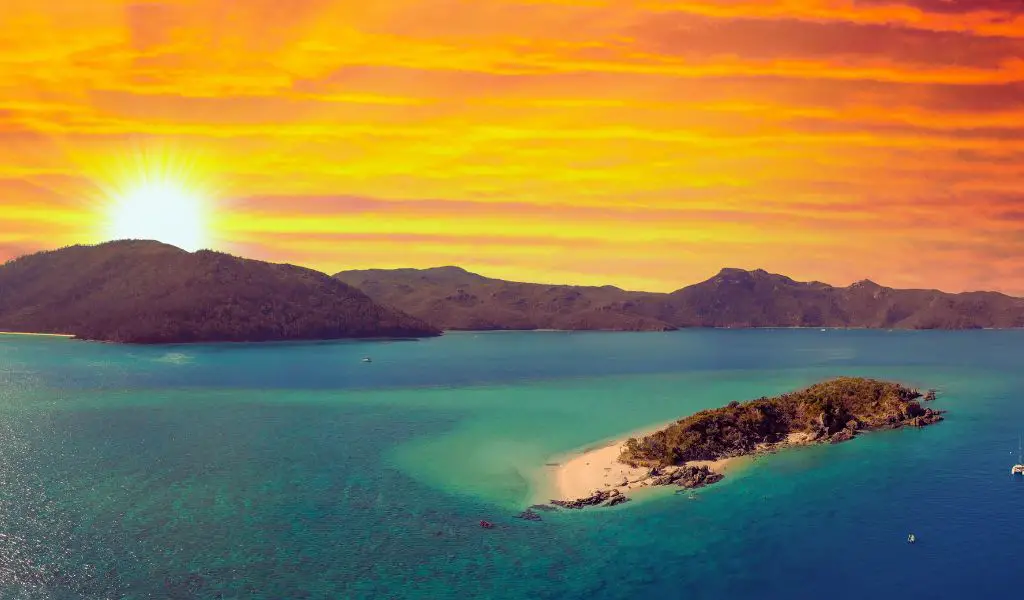
Highlights
Whitehaven Beach: A must-visit for its unparalleled beauty.
Heart Reef: A romantic and picturesque coral formation.
Sailing Adventures: Experience the islands from the water.
What You Should Know
The region is a protected marine park, so adhere to guidelines to preserve its beauty.
While many islands are uninhabited, some are home to luxury resorts.
The sun can be intense; always wear sunscreen and protective clothing.
FAQs
Are there any dangerous animals in the Whitsundays?
While the islands are home to various wildlife, it’s essential to be cautious of marine stingers, especially from October to May. Wearing a stinger suit when swimming can offer protection.
Can I camp on the islands?
Yes, there are designated camping areas on some islands. However, you’ll need a permit, and it’s essential to follow Leave No Trace principles.
Is it safe to drink tap water on the islands?
Tap water in the main resorts and Airlie Beach is safe to drink. However, it’s always a good idea to check with your accommodation or bring bottled water.
